Tej Bahadur Shahi
Monkeypox virus detection using pre-trained deep learning-based approaches
Sep 17, 2022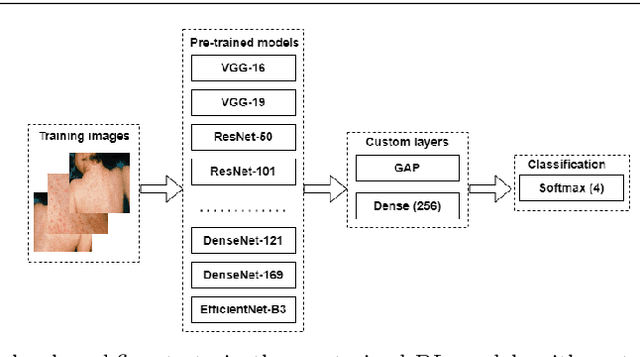
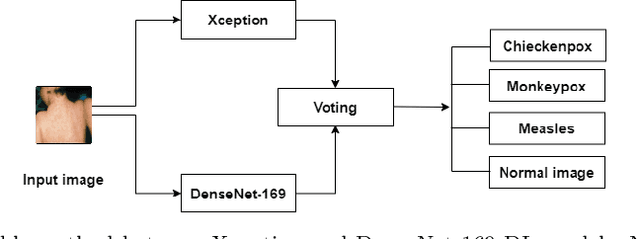
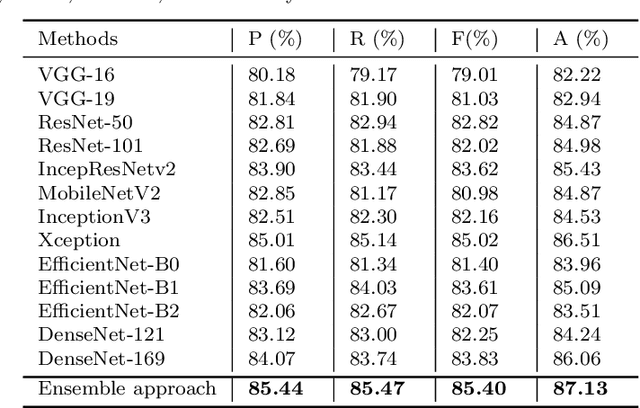
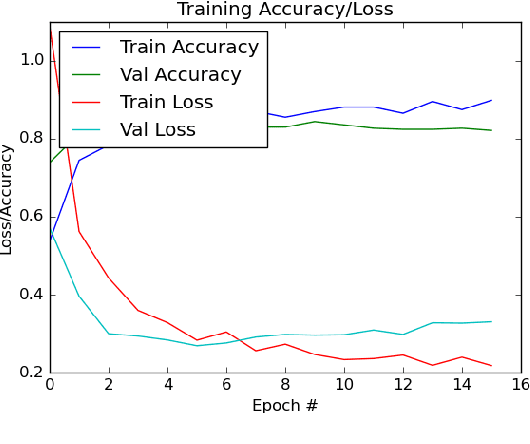
Abstract:Monkeypox virus is emerging slowly with the decline of COVID-19 virus infections around the world. People are afraid of it, thinking that it would appear as a pandemic like COVID-19. As such, it is crucial to detect them earlier before widespread community transmission. AI-based detection could help identify them at the early stage. In this paper, we aim to compare 13 different pre-trained deep learning (DL) models for the Monkeypox virus detection. For this, we initially fine-tune them with the addition of universal custom layers for all of them and analyse the results using four well-established measures: Precision, Recall, F1-score, and Accuracy. After the identification of the best-performing DL models, we ensemble them to improve the overall performance using a majority voting over the probabilistic outputs obtained from them. We perform our experiments on a publicly available dataset, which results in average Precision, Recall, F1-score, and Accuracy of 85.44\%, 85.47\%, 85.40\%, and 87.13\%, respectively with the help of our proposed ensemble approach. These encouraging results, which outperform the state-of-the-art methods, suggest that the proposed approach is applicable to health practitioners for mass screening.
Recent Advances in Scene Image Representation and Classification
Jun 15, 2022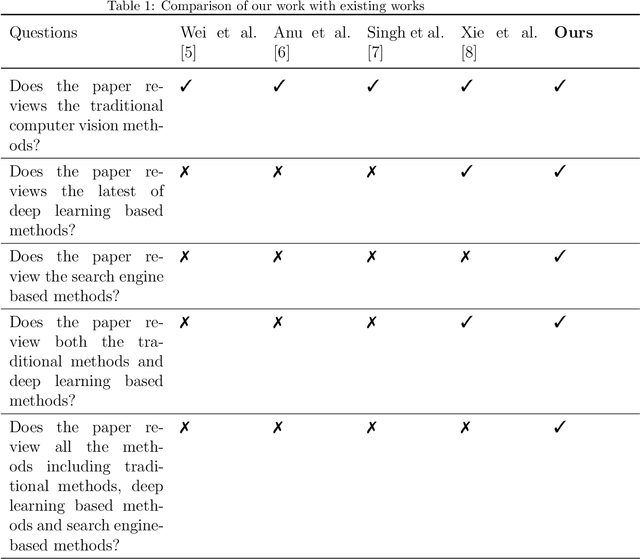
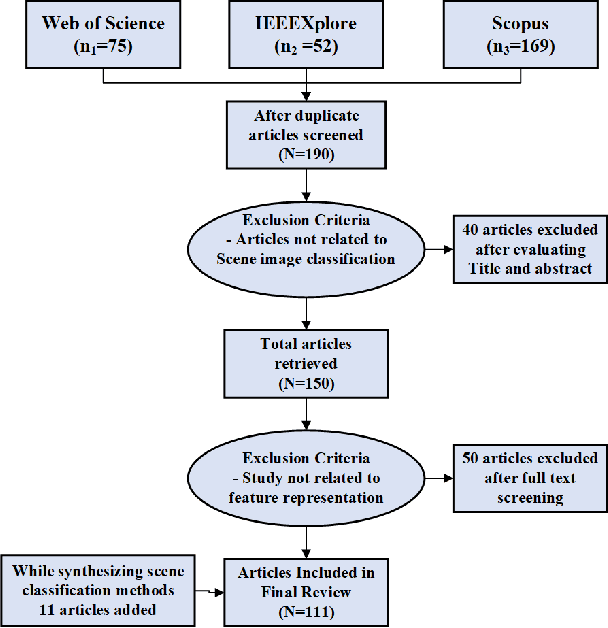
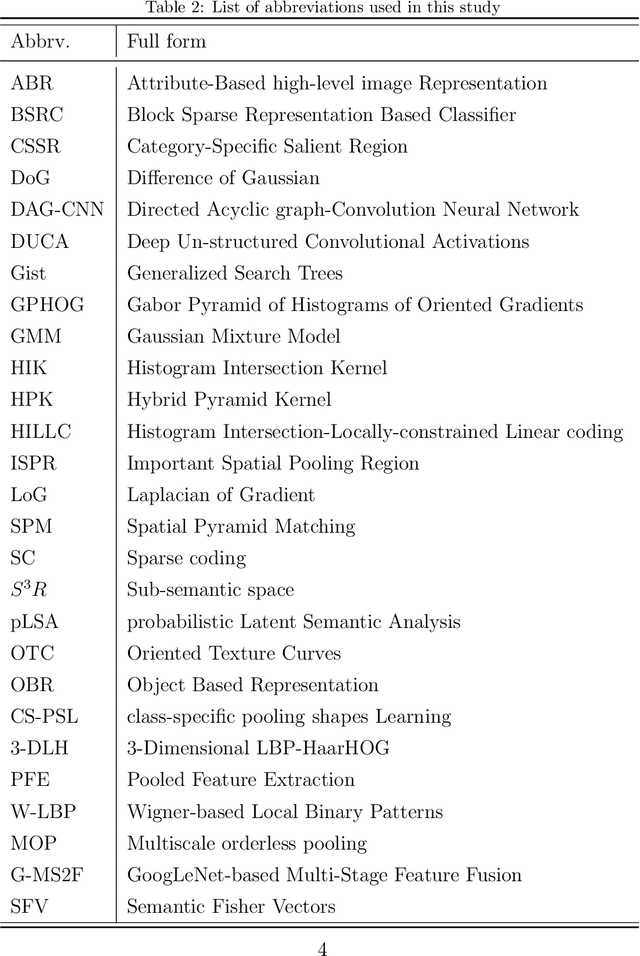
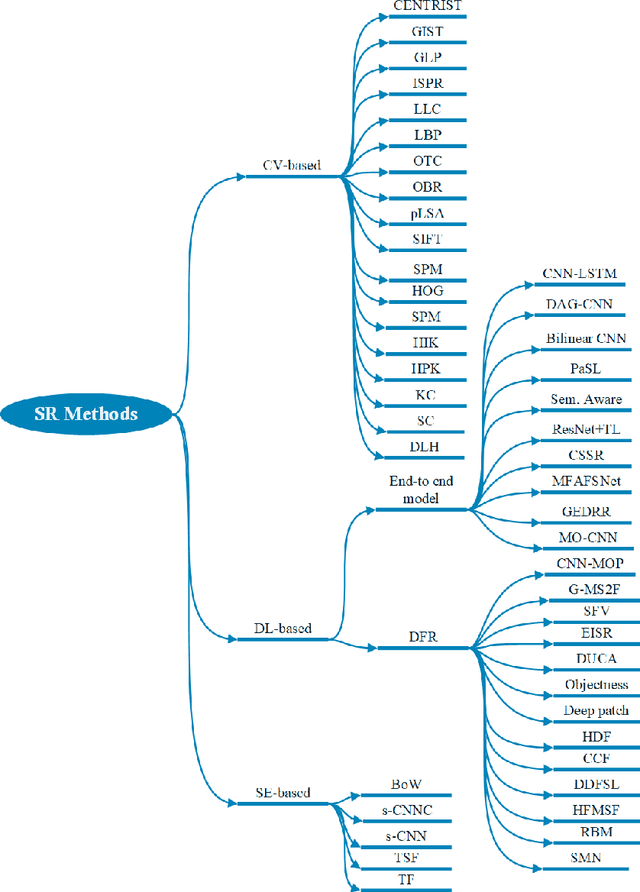
Abstract:With the rise of deep learning algorithms nowadays, scene image representation methods on big data (e.g., SUN-397) have achieved a significant performance boost in classification. However, the performance is still limited because the scene images are mostly complex in nature having higher intra-class dissimilarity and inter-class similarity problems. To deal with such problems, there are several methods proposed in the literature with their own advantages and limitations. A detailed study of previous works is necessary to understand their pros and cons in image representation and classification. In this paper, we review the existing scene image representation methods that are being used widely for image classification. For this, we, first, devise the taxonomy using the seminal existing methods proposed in the literature to this date. Next, we compare their performance both qualitatively (e.g., quality of outputs, pros/cons, etc.) and quantitatively (e.g., accuracy). Last, we speculate the prominent research directions in scene image representation tasks. Overall, this survey provides in-depth insights and applications of recent scene image representation methods for traditional Computer Vision (CV)-based methods, Deep Learning (DL)-based methods, and Search Engine (SE)-based methods.
Multi-channel CNN to classify nepali covid-19 related tweets using hybrid features
Mar 19, 2022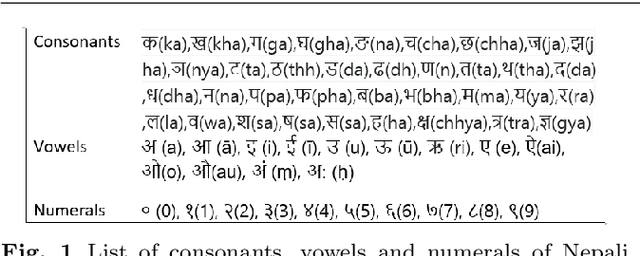
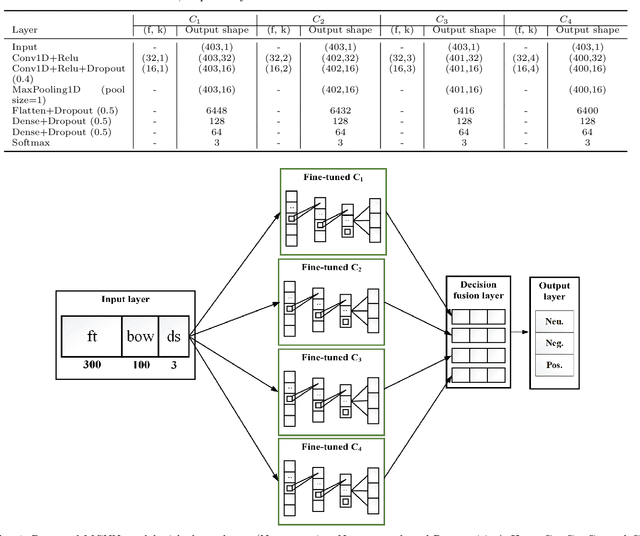


Abstract:Because of the current COVID-19 pandemic with its increasing fears among people, it has triggered several health complications such as depression and anxiety. Such complications have not only affected the developed countries but also developing countries such as Nepal. These complications can be understood from peoples' tweets/comments posted online after their proper analysis and sentiment classification. Nevertheless, owing to the limited number of tokens/words in each tweet, it is always crucial to capture multiple information associated with them for their better understanding. In this study, we, first, represent each tweet by combining both syntactic and semantic information, called hybrid features. The syntactic information is generated from the bag of words method, whereas the semantic information is generated from the combination of the fastText-based (ft) and domain-specific (ds) methods. Second, we design a novel multi-channel convolutional neural network (MCNN), which ensembles the multiple CNNs, to capture multi-scale information for better classification. Last, we evaluate the efficacy of both the proposed feature extraction method and the MCNN model classifying tweets into three sentiment classes (positive, neutral and negative) on NepCOV19Tweets dataset, which is the only public COVID-19 tweets dataset in Nepali language. The evaluation results show that the proposed hybrid features outperform individual feature extraction methods with the highest classification accuracy of 69.7% and the MCNN model outperforms the existing methods with the highest classification accuracy of 71.3% during classification.
 Add to Chrome
Add to Chrome Add to Firefox
Add to Firefox Add to Edge
Add to Edge